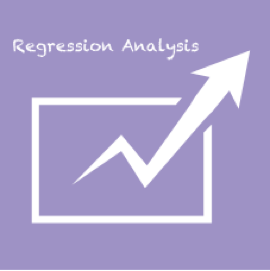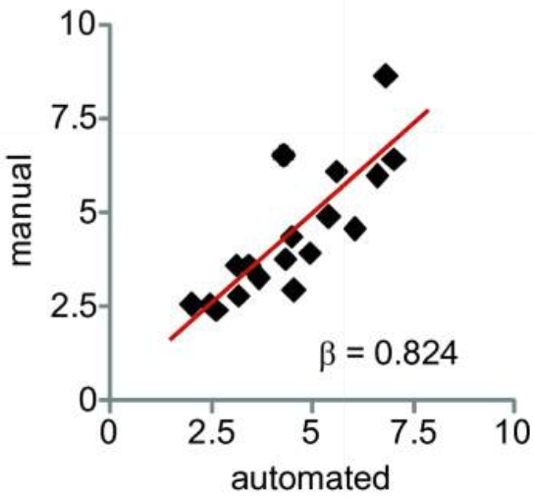Regression Analysis
Diseases are usually the result of a combination of factors such as genes, environment, personal behavior and living habits, and regression analysis is a powerful tool to assess the relationship between medical outcomes and many influencing factors. Therefore, regression analysis has been more and more widely used in medical research. With years of data analysis experience, CD Genomics provides comprehensive regression analysis of medical statistical data to assist your relevant research.
Introduction
 Regression analysis is to describe the quantitative relationship between variables through certain mathematical expressions and make predictions. Regression analysis is divided into: unary linear regression analysis, multiple linear regression analysis, nonlinear regression analysis, curve estimation, time series curve estimation and other models. Regression analysis and correlation analysis are both statistical analysis methods to study the relationship between variables. In regression analysis, the variable Y becomes the dependent variable, and the independent variable X can be a random variable. But in correlation analysis, both X and Y are random variables. Common regression analysis methods include linear regression, multiple linear regression, and logistic regression.
Regression analysis is to describe the quantitative relationship between variables through certain mathematical expressions and make predictions. Regression analysis is divided into: unary linear regression analysis, multiple linear regression analysis, nonlinear regression analysis, curve estimation, time series curve estimation and other models. Regression analysis and correlation analysis are both statistical analysis methods to study the relationship between variables. In regression analysis, the variable Y becomes the dependent variable, and the independent variable X can be a random variable. But in correlation analysis, both X and Y are random variables. Common regression analysis methods include linear regression, multiple linear regression, and logistic regression.
Choose the Appropriate Regression Model
1. Linear regression
If the residuals in the regression analysis follow a normal distribution, and the residuals and the independent variables have no trend changes, linear regression is used.
2. Multiple linear regression
The dependent variable (Y) is a continuous variable, and the independent variable can be a continuous variable, an ordinal categorical variable or a binary categorical variable. If the residuals in the regression analysis follow a normal distribution, and the residuals and independent variables have no trend changes, multiple linear regression can be performed.
3. Logistic regression of two categories
The dependent variable is a binary categorical variable, and the independent variable can be a continuous variable, an ordinal categorical variable or a binary categorical variable. Use unconditional logistic regression in the case of unpaired, and use conditional logistic regression in the case of pairing.
4. Ordered multi-class logistic regression
The dependent variable is an ordered multi-categorical variable, and the independent variable can be a continuous variable, an ordinal categorical variable or a binary categorical variable. If it is an observational study, stepwise linear regression can be used to find (quasi) main influencing factors. If it is an experimental study, in addition to maintaining the main research factor variables, some other possible confounding factors can be appropriately introduced to correct for the confounding effects of these confounding factors on the results.
5. Unordered multi-category ordered Logistic regression
The dependent variable is an unordered multi-categorical variable, and the independent variable can be a continuous variable, an ordinal categorical variable or a binary categorical variable.
 Fig 1. Linear regression analysis results. (Swanger, S. A, et al. 2011)
Fig 1. Linear regression analysis results. (Swanger, S. A, et al. 2011)
What We Offer
CD Genomics relies on years of project analysis experience, in order to fully cover the data analysis needs of clinicians or scientific researchers, CD Genomics provides one-stop data analysis services, from original data to statistical analysis, and then to report complete results. What the customer needs to do is to provide the original data. We rely on deep technical precipitation, safety standards, efficient computing capabilities, and strong data processing capabilities to provide customers with satisfactory data analysis services. For our services, if you have any questions, please feel free to contact our professional technical support. We are always ready to provide you with satisfactory services.
Our workflow

Reference
- Swanger, S. A, et al. Automated 4D analysis of dendritic spine morphology: applications to stimulus-induced spine remodeling and pharmacological rescue in a disease model[J]. Molecular Brain. (2011): 4:38-38.
* For research use only. Not for use in clinical diagnosis or treatment of humans or animals.
Online Inquiry
Please submit a detailed description of your project. Our industry-leading scientists will review the information provided as soon as possible. You can also send emails directly to for inquiries.
